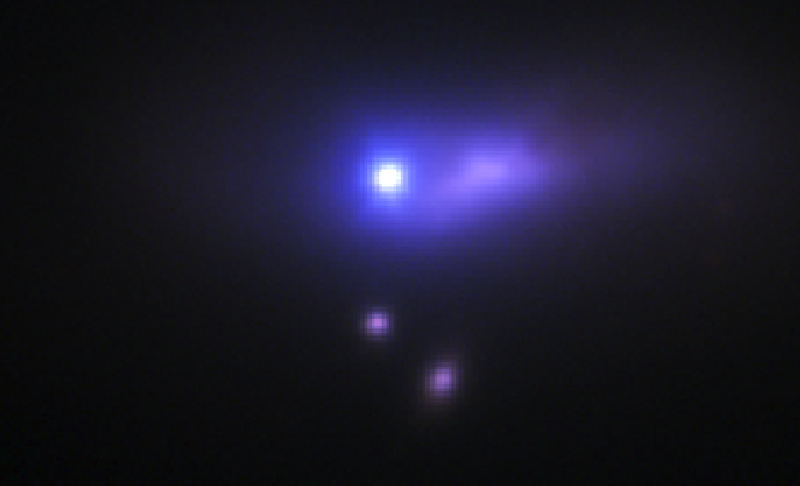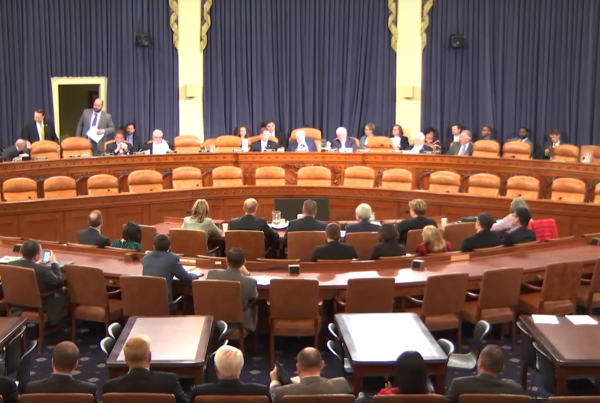This story originally appeared on Marfa Public Radio.
Texas astronomers announced another discovery this week. A team at the University of Texas at Austin witnessed the impact of an exploding star on a neighboring star.
A white dwarf is a dense, low-mass star, in the late stages of its existence. When it explodes in a supernova, astronomers wonder: What gives it the mass it needs to blow up?
Craig Wheeler is Professor of Astronomy at UT Austin, “And the only way we’ve known to do that is to have mass be passed over from a companion star.” So they look to see what’s happening NEAR the exploding star.
“The hypothesis for decades,” says Wheeler, “has been that these Type 1-A supernova must be in a binary star system, with two stars. And we have been looking for those decades of evidence of that other star.”
But is the companion star a red giant that swells and swells, giving off its mass? Or could the companion just be an ordinary star? According to Wheeler, “We’ve been looking for this for a very long time. Most of my career.”
According to the long-held theory, if the companion is an ordinary star, then when this white dwarf explodes – you should briefly see a flash of blue light. Good theory, but you need an observation to back it up. And the problem with supernovae is that you got to catch them quick.
“Just hours after the explosion has started. Long before it gets to maximum light. Very brief. Very early. Hard to do.”
But they did it. When a group in California spotted a new supernova, other astronomers scrambled to observe it, too. A team at the University of Texas – along with a team at Harvard – began looking for that flash of blue light. “Or you can do it by looking at particular bands of light. So a so-called filter that will pick out blue light or yellow light or red light.”
There were dozens of scientists involved in the discovery, but the lead author on the paper, published this week in The Astrophysical Journal, is Wheeler’s student, Howie Marion. “What we really noticed very early on was the star was very blue and that led us to suspect that this was an unusual event.”
Speed was of the essence, says Marion. But at such early stages, light waves are fleeting and faint. “You know, we observe 100 supernovae a year. Over the last 20 or 30 years, that’s thousands of supernovae. But, it’s really exceptional that we get onto them early enough. And this one was close enough that we go very high-quality data. So there’s only been a handful events that have been observed this early.”
Still, Marion says, more evidence is needed. And more observations must be made – and early – right after explosion.
















